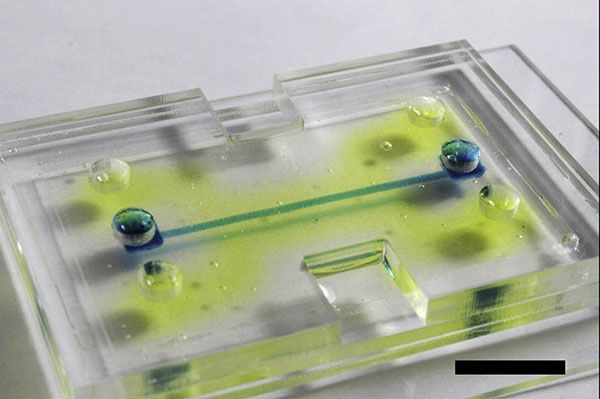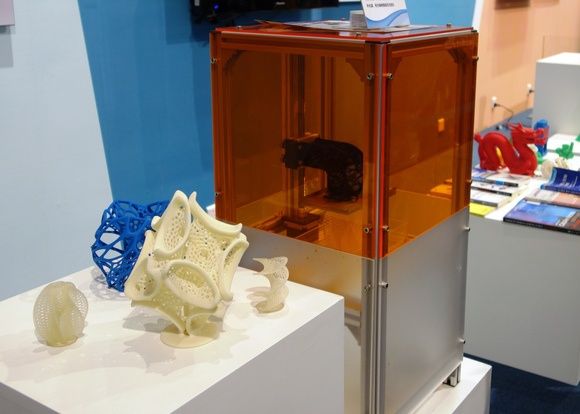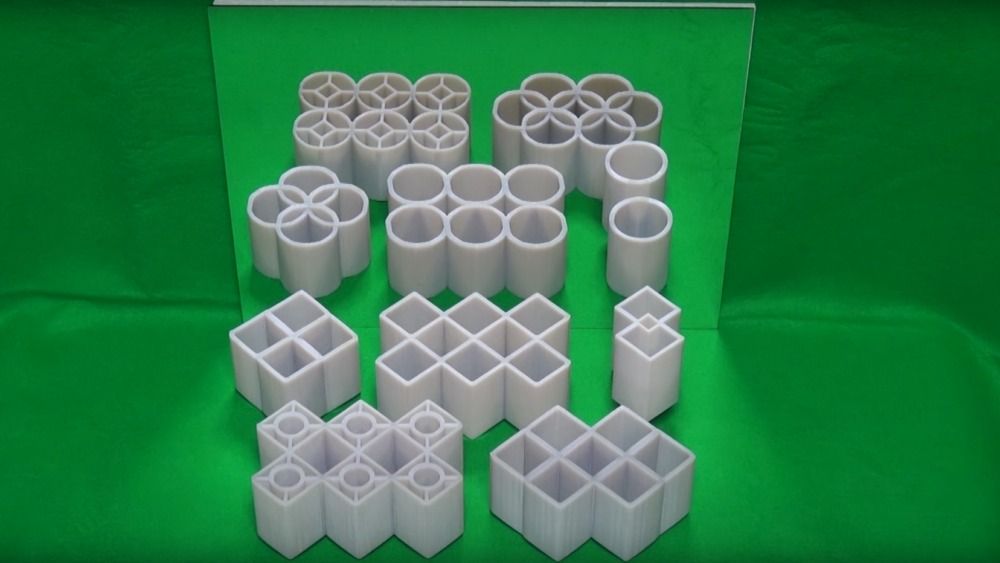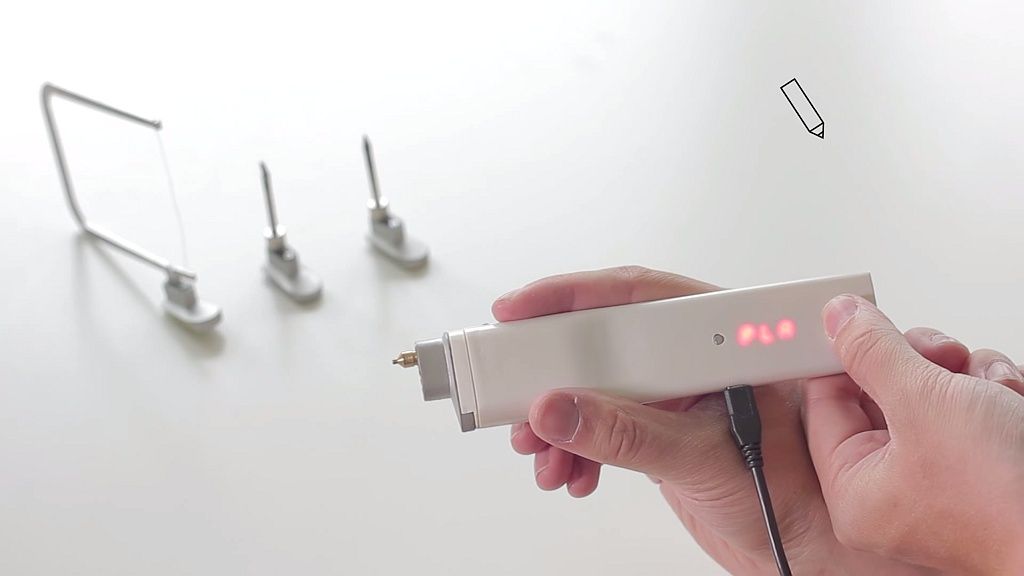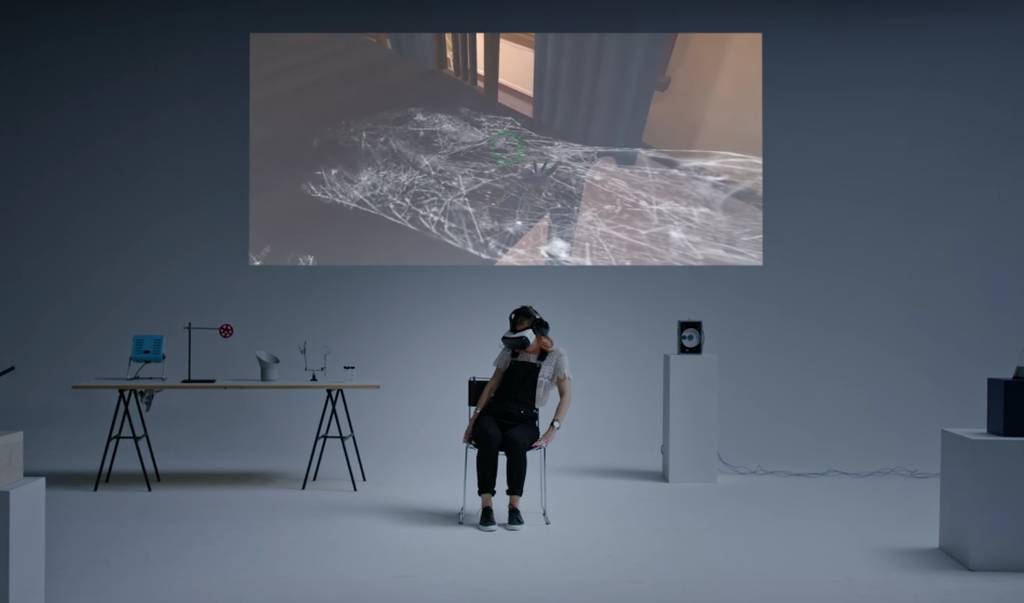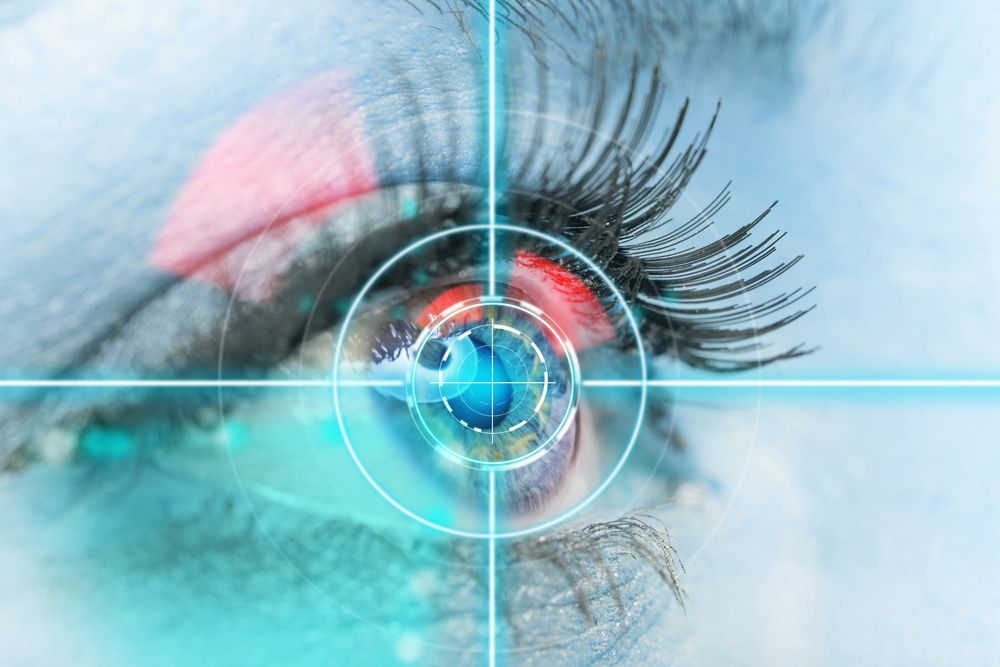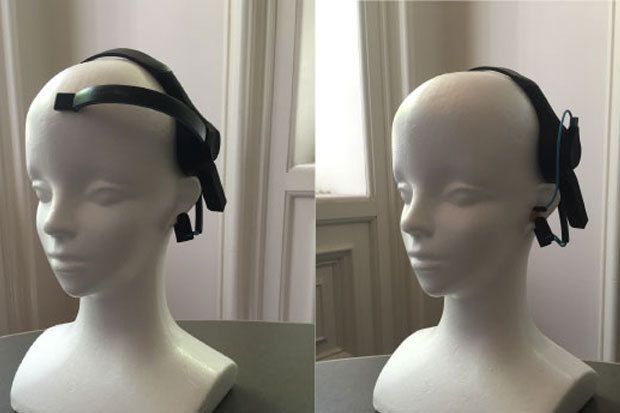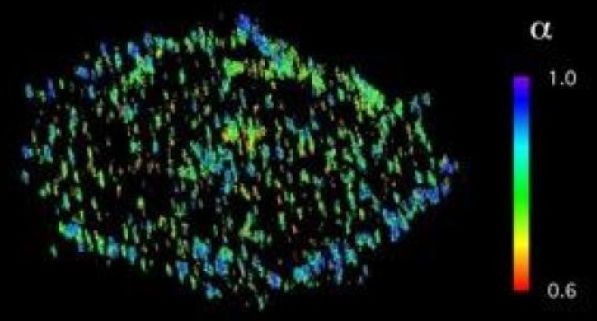
Researchers at the Max Planck Institute of Molecular Physiology in Dortmund have now found a way to pinpoint the positions of individual molecules while at the same time measuring their activity and interactions in the same living cell. A dedicated cooling protocol on a microscope allows to pause cellular life at subzero temperatures, to let it continue to live again after warming. From the series of individual snapshots obtained, the researchers are able to form a precise spatial-temporal picture of the activity patterns of individual molecules within individual cells.
Fluorescence microscopy allows seeing where biological molecules are in cells. However, what Werner Heisenberg formulated for quantum physics to a certain extent has its analogy in biology: In the living state one can observe the collective movement of molecules in cells, which makes it however difficult to determine their exact positions. Paradoxically, the molecular dynamics that sustain life have to be halted to record the position of molecules using high-resolution fluorescence microscopy.
Living matter maintains its structure by energy consumption, which results in dynamic molecular patterns in cells that are difficult to observe by fluorescence microscopy, because the molecules are too numerous and their movements too fast. To tackle this problem a choice needs to be made: to precisely record the position of the molecules in a ‘dead’ state or to follow their collective behaviour in the living state. Although researchers have been able to stop movements in cells by chemical fixation, such methods lead to irreversible cell death and the acquired images of molecular patterns are not representative of a living system.
Read more

